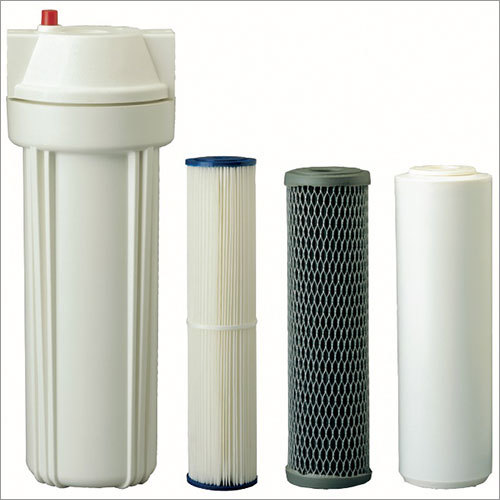
The real estate market is vast and varied, with a growing segment dedicated to healthcare facilities. medical real estate, particularly urgent care centers, plays a crucial role in this niche. This article explores the significance of urgent care centers in the medical real estate market, their impact on property values, and the benefits they offer to investors and the healthcare system.
The Rise of Urgent Care Centers
Urgent care centers have evolved significantly since their inception. Initially developed to provide immediate care for non-life-threatening conditions, these centers have become an essential part of the healthcare landscape.
Historical Background and Evolution
Urgent care centers emerged in the 1970s to meet the growing demand for accessible healthcare. Over the decades, their presence has expanded rapidly, driven by the need for quick, cost-effective medical services.
Factors Driving Growth
Several factors contribute to the rise of urgent care centers:
• Increasing Demand for Accessible Healthcare: Patients seek convenient, immediate care without the long waits associated with emergency rooms.
• Shift Towards Value-Based Care: Healthcare providers emphasize efficiency and patient outcomes, which urgent care centers effectively deliver.
• Cost-Effectiveness and Convenience: Urgent care visits are generally less expensive than emergency room visits, making them an attractive option for non-emergency situations.
Impact on Medical Real Estate Market
Urgent care centers significantly influence the medical real estate market, affecting property values and leasing trends.
Influence on Property Values
The presence of urgent care centers can enhance property values. For instance, properties hosting these facilities often see increased demand and higher rental rates due to the steady influx of patients.
Trends in Leasing and Property Investment
Investors are increasingly drawn to medical real estate, particularly urgent care centers. These properties are often located in high-traffic areas, ensuring visibility and accessibility. Leasing trends show a preference for long-term agreements, providing stability for property owners.
Long-Term Market Implications
The long-term outlook for urgent care centers in medical real estate is positive. As healthcare needs continue to grow, so will the demand for convenient and accessible care facilities, further driving investment in this sector.
Advantages of Urgent Care Centers
Urgent care centers offer several advantages over traditional healthcare settings.
Immediate Care for Non-Emergency Conditions
Urgent care centers provide immediate attention for non-emergency issues like minor injuries and illnesses, reducing the burden on emergency rooms.
Extended Hours and Accessibility
These centers typically offer extended hours, including evenings and weekends, making healthcare more accessible to patients.
Cost Benefits
The cost of care at urgent care centers is often lower than at emergency rooms, benefiting both patients and insurers.
Improved Patient Satisfaction and Outcomes
Patients appreciate the convenience and efficiency of urgent care centers, leading to higher satisfaction and better health outcomes.
Investment Considerations
Investing in urgent care centers can be lucrative, but it requires careful consideration of several factors.
Key Factors for Investors
• Location and Demographics: Prime locations with high foot traffic and favorable demographics are crucial.
• Competition and Market Saturation: Investors must evaluate the level of competition and market saturation in the area.
• Regulatory Environment: Understanding healthcare regulations and zoning requirements is essential.
• Financial Stability of Tenants: Ensuring the financial health of urgent care operators is vital for securing stable returns.
Benefits of Investing
• Stable Income and Long-Term Leases: Urgent care centers typically offer long-term leases, providing a reliable income stream.
• Potential for Property Value Appreciation: Properties with urgent care centers can appreciate in value, offering capital gains for investors.
Challenges and Risks
While promising, investing in urgent care centers comes with challenges and risks.
Market Saturation and Competition
An oversupply of urgent care centers can lead to increased competition and reduced profitability.
Offering an Alternative to Primary Care
Urgent care centers provide an alternative to primary care appointments, reducing wait times and improving access to healthcare.
Enhancing Patient Access
These centers improve healthcare access for underserved populations, particularly in rural areas.
Improving Overall Efficiency
By offering quick, efficient care, urgent care centers contribute to a more effective healthcare delivery system.
Conclusion
Urgent care centers are a vital component of the medical real estate market, offering numerous benefits to investors and the healthcare system. Their rise reflects a broader trend towards accessible, efficient healthcare, making them a promising investment opportunity. As the demand for urgent care continues to grow, so does the potential for this dynamic sector within medical real estate.
For more detailed insights and expert analysis on medical real estate and urgent care, visit Lawrence Todd Maxwell’s website and his LinkedIn profile.






